The Motorola Moto Z & Moto Z Force (Droid Editions) Review
by Matt Humrick on July 28, 2016 8:00 AM ESTFinal Words
Over the past few years, Motorola’s phones have stuck to the same formula—unique design, conservative features, near-stock Android, and reasonable pricing. Rather than tweak a few variables and release updated Moto X models, however, Motorola derived a completely new formula with an output variable equal to Z.
Motorola is the latest company to embrace the modular smartphone concept, following LG’s G5 earlier this year and Google’s continued efforts with project Ara. The premise is simple: extend the phone’s capabilities by attaching modules with additional sensors, speakers, controls, etc. instead of cramming everything into the phone itself and making it too cumbersome and expensive. We’ve yet to see any compelling modules amongst LG’s Friends and Motorola’s Moto Mods, though—a problem, I think, that extends beyond lack of imagination or engineering talent. A smartphone’s strengths are its high level of integration and wireless radios for communicating with external devices. Sticking a separate module to the phone negates both its wireless capability and its tightly integrated hardware, creating something that’s neither as good as a phone with that feature integrated inside nor a phone coupled with a wireless accessory.
While I’m still not sold on the modular concept, Motorola’s Moto Mod system is the most compelling. Its use of strong magnets makes attaching and removing the modules a snap. Best of all, they’re hot swappable. Unlike LG’s system, there’s no need to reboot the phone; the module just snaps on and works as expected with tight integration with the operating system.
As I alluded to above, you cannot get something for nothing: Some design compromises were necessary to make this modular system work. Because the modules add bulk to the phone, Motorola worked to minimize the Moto Z’s own weight and thickness. The Moto Zs’ thin profiles and flat backs result in a significant camera hump, no 3.5mm headphone jack, and, for the thinner Moto Z at least, limited battery capacity. Despite Motorola’s efforts to make the back of the phone visually appealing, the camera hump, exposed electrical contacts, and less-than-comfortable feel from the flat back and unblended sides make the phones feel incomplete without a Moto Mod or Style Shell attached.
The Moto Z Droid’s undersized 2600mAh battery places it behind nearly every other flagship phone in our battery tests. Despite their smaller size, the Huawei P9, HTC 10, and Galaxy S7 all have larger 3000mAh batteries and longer runtimes. Heavy users who cannot top off the phone while on the go will likely need to use the modular battery pack to make it through a full day. This does boost capacity to 4820mAh, but it’s still thicker and heavier than the Moto Z Force Droid, whose 3500mAh battery can last a whole day on its own.
Besides the design shortcomings, there is not much else to complain about. The Moto Z Droids are excellent performers and among the fastest phones currently available. Internal NAND performance is particularly strong, which translates to faster app launches and installs. An updated driver makes the Adreno 530 GPU’s peak performance even better, and both Moto Z Droids experience less thermal throttling than other Snapdragon 820-based phones such as the HTC 10 and Galaxy S7 edge.
The Moto Z Force Droid’s camera also performs well. It’s among the best, if not the best, camera currently available when shooting in good light. Low-light performance is also very good, but the Galaxy S7 is just a little better. The Moto Z Droid handles exposure and white balance nearly as well, but its lower-resolution sensor captures less detail and it suffers from purple fringing along the edges of dark objects on light backgrounds. Its lens also shows a loss of sharpness in the corners.
Motorola offers two settings for the Moto Z Droids’ 5.5-inch QHD displays: one that takes advantage of AMOLED’s larger gamut to display more vibrant colors and another calibrated for sRGB that prioritizes color accuracy. The only negative issue, which affects both modes, is a blue-shifted white point that degrades grayscale accuracy. Peak brightness is similar to other AMOLED panels at about 350 nits at 100% APL. Like Samsung’s phones, the Moto Zs’ auto-brightness mode boosts peak brightness to 504 nits for improved viewing in sunlight.
Motorola continues to ship a nearly stock version of Android 6.0.1 Marshmallow that relies almost entirely on Google’s apps. The only exceptions are Motorola’s redesigned camera app, which now includes onscreen controls for the shutter, HDR, flash, and timer, along with a professional mode for controlling focus, white balance, shutter speed, and ISO manually, and its “Moto” app (shown below), which continues to be the gateway to Motorola’s extra features.
There’s a “Quick Capture” action that opens the camera from the lock screen or from within any app by twisting your wrist twice. You can also swipe up from the lower bezel to shrink the screen, which is a new one-handed feature for the Moto Z. One of the features I’ve always liked about Motorola’s phones is the ability to wave my hand over the phone to trigger Moto Display. This is great for checking the time and notifications when the phone is sitting on a desk. Moto Voice is Motorola’s version of Apple’s Siri, allowing you to issue voice commands after speaking a customizable launch phrase. It can also read incoming calls and messages out loud when it notices you’re in a specific environment, like your car.
Because the Moto Z Droid Editions are Verizon exclusive phones, they come with the usual carrier blight and bloatware. By my count there are 7 Verizon apps, including “Message+” that replaces the default messaging app, and 10 others you probably do not want, some of which cannot be removed.
Back when Google still owned Motorola, the company was known for its relatively timely software updates; however, under new parent company Lenovo, its updates have been rolling out far more slowly. Using last year’s Moto X and Moto G as examples, Motorola now appears to be on a quarterly release schedule for security updates. We asked Motorola about software support, and while it remains committed to providing software and security updates for its products, it will not provide them on a monthly basis. Instead, multiple monthly security updates will either be bundled together or rolled out with even less frequent OS updates, leaving its customers exposed to critical vulnerabilities for several months. I understand the economics behind this decision even if I do not approve: Software maintenance, testing, and validation costs real money. But the Moto Zs are not inexpensive $100 phones with a razor thin profit margin—these are phones selling for more than $600. If Motorola is going to charge a premium for its phones, then it needs to deliver a premium experience, which includes monthly security updates.
Motorola’s Moto Mod system works well, but the modular smartphone theory remains unproven. A modular system will always be thicker, heavier, and more costly than a tightly integrated one, and we have yet to see any truly enticing, must-have modules that justify these tradeoffs. Motorola seems committed to the idea, though, so perhaps some interesting use cases will evolve.
If you find the current Moto Mods appealing, the Moto Z Droid is the best option. Its thinner and lighter frame means less bulk with a module attached, and its smaller battery can be supplemented by a Power Pack or one of the other Moto Mods’ internal batteries. If you’re not interested in the modules, then the Moto Z Force Droid, with its bigger battery, better camera, and Moto ShatterShield screen, is the better choice and a great performing phone as long as you cover the naked back with a Style Shell and can live with Motorola’s software update policy. However, at more than $600 and $700, respectively, the Moto Z Droid and Moto Z Force Droid do not deliver the same value as previous offerings. It’s hard to justify these prices when you can get a comparable high-end phone for less money and pair it with a cheaper wireless or wired accessory to get the same functionality.


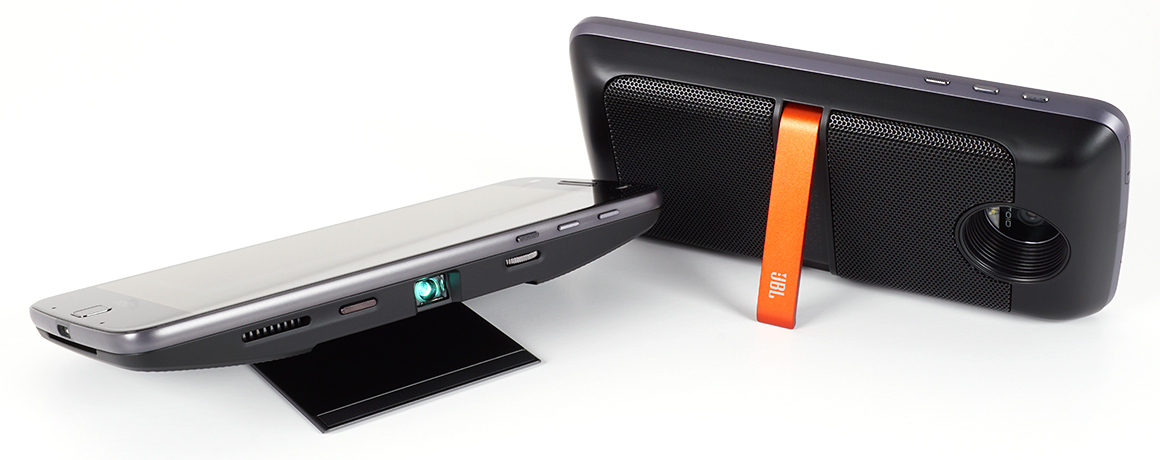
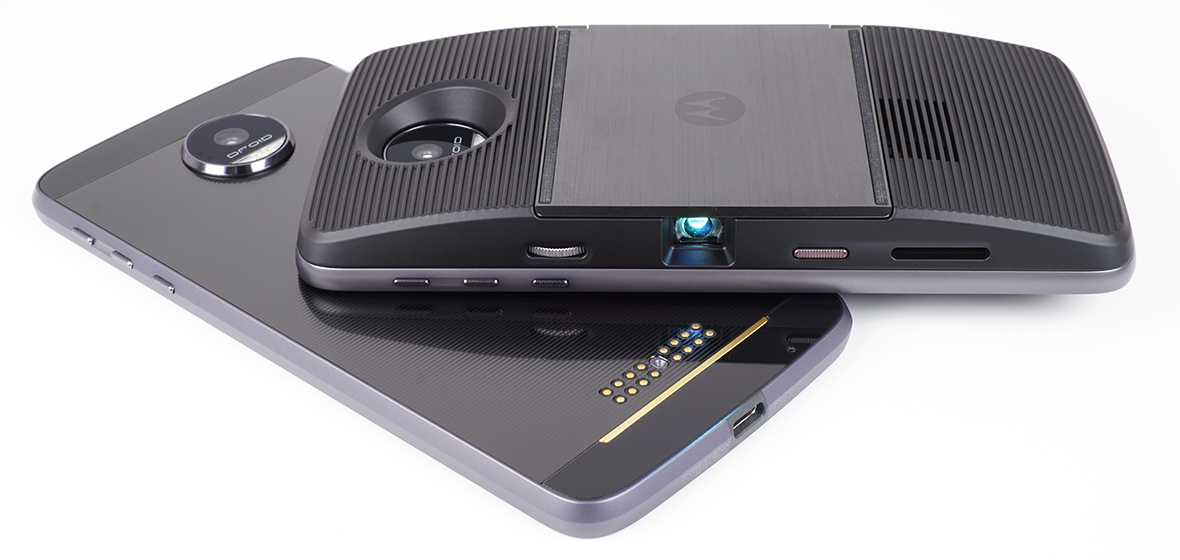
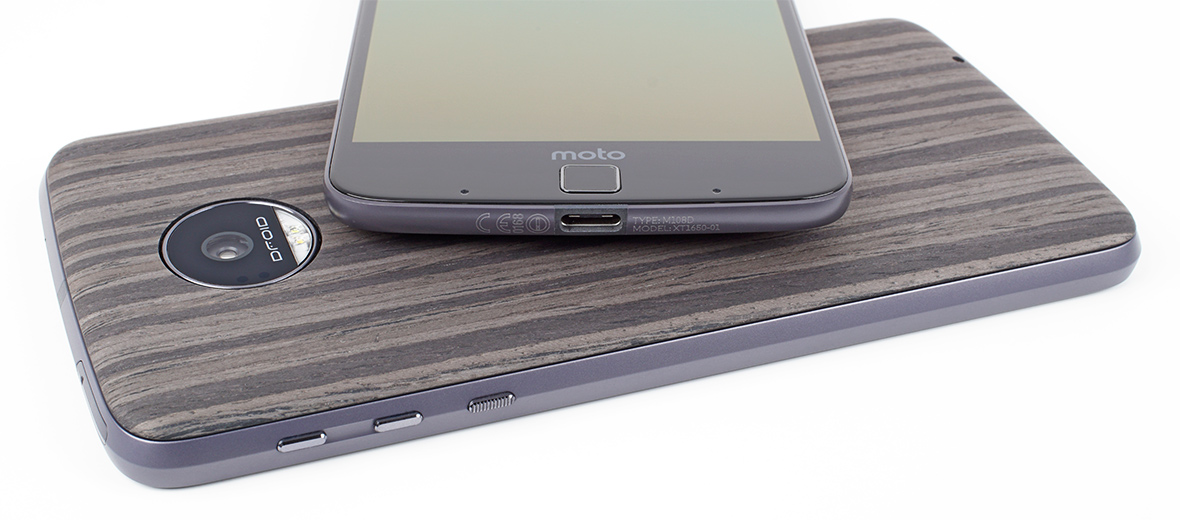
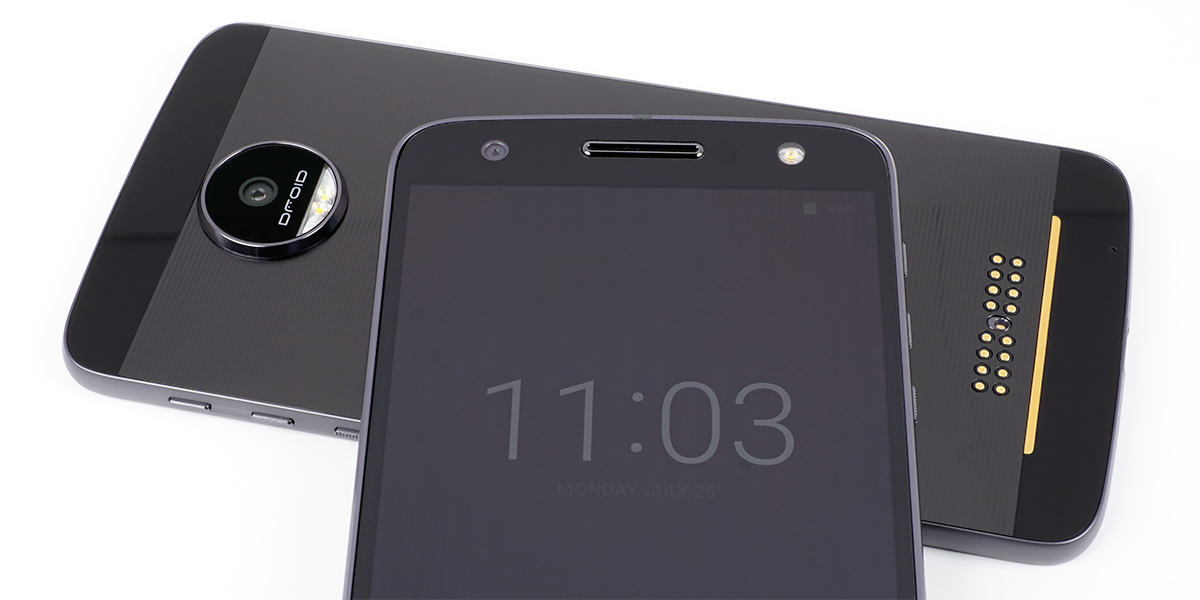


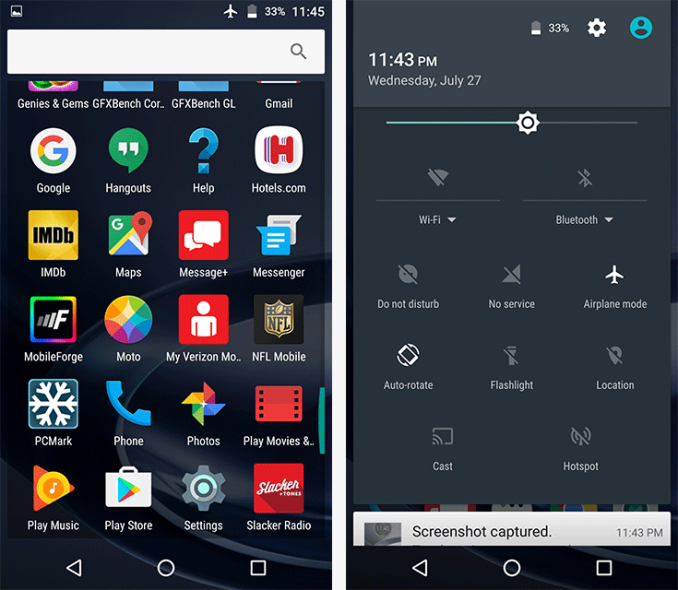









75 Comments
View All Comments
osxandwindows - Thursday, July 28, 2016 - link
This was unexpected.I'm glad anandtech is speeding up with their reviews.
Ironchef3500 - Thursday, July 28, 2016 - link
+1Mugur - Thursday, July 28, 2016 - link
Well, they said that the 1060 review was to be expected last Friday... :-)ImSpartacus - Thursday, July 28, 2016 - link
Yeah, the best laid plans...powerarmour - Thursday, July 28, 2016 - link
With a bit of luck HL3 will be out soon also.ddriver - Thursday, July 28, 2016 - link
It wasn't due "last friday" it was due "next friday", you know, tomorrow never comes, because tomorrow it is always tomorrow.Eden-K121D - Thursday, July 28, 2016 - link
Exactlydhotay - Thursday, July 28, 2016 - link
Companies don't need to solicit Anandtech/Purch with payola for products that are flying off the shelves.ImSpartacus - Thursday, July 28, 2016 - link
Ouch. That's probably true. :(Dennis Travis - Thursday, July 28, 2016 - link
When Anand ran Anandtech the same accusations were thrown at him. Anandtech has never taken $$$ for a review. Yet people keep accusing them of doing so. Where is the proof?